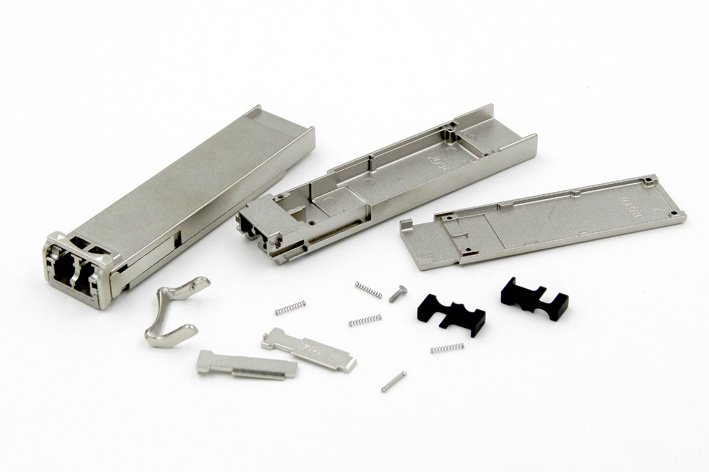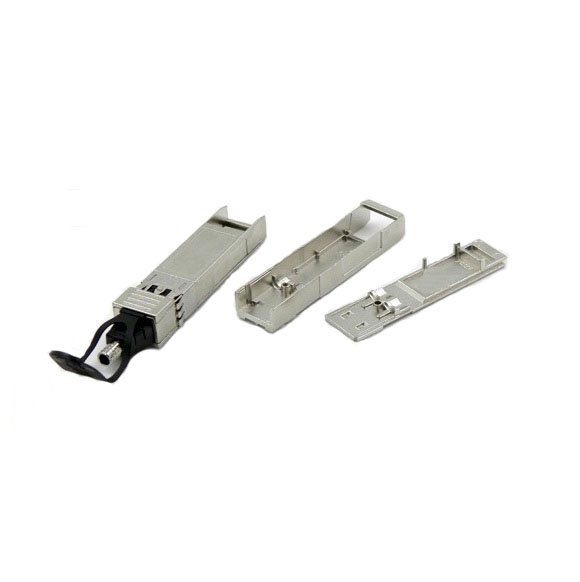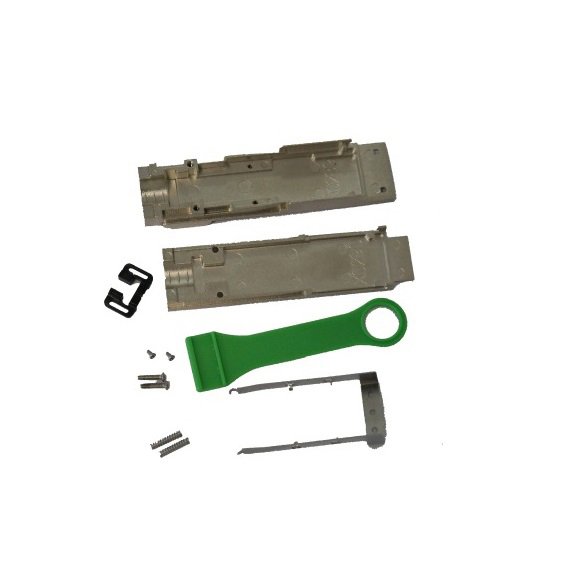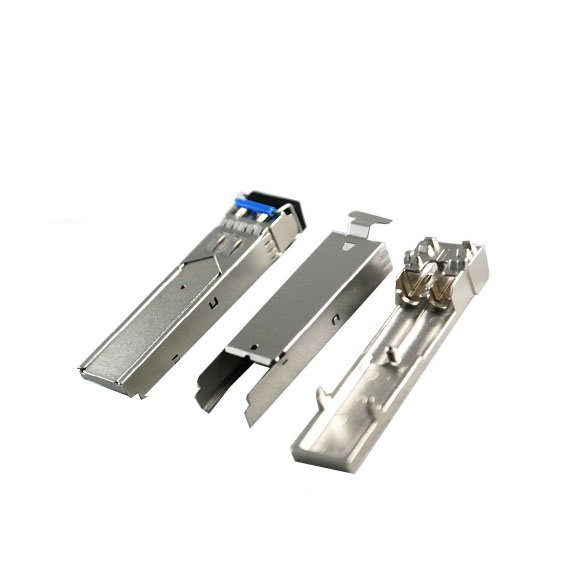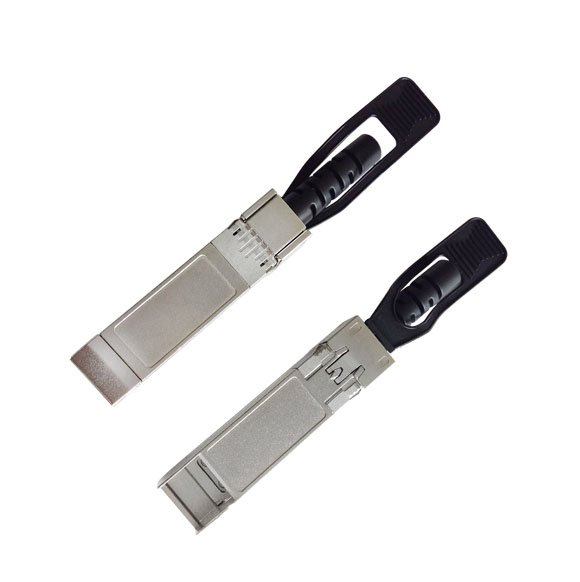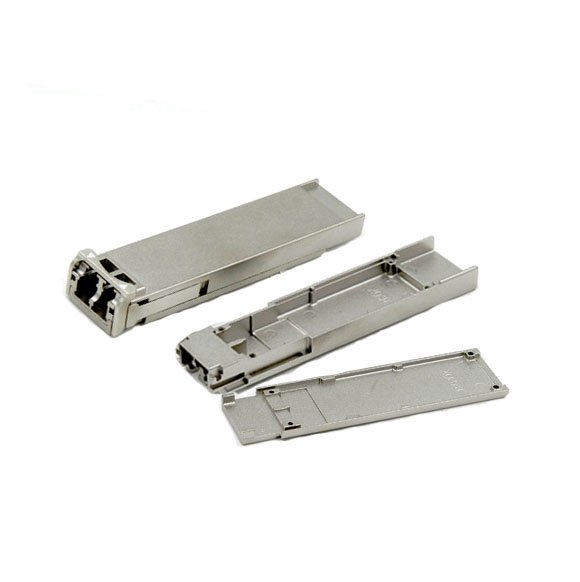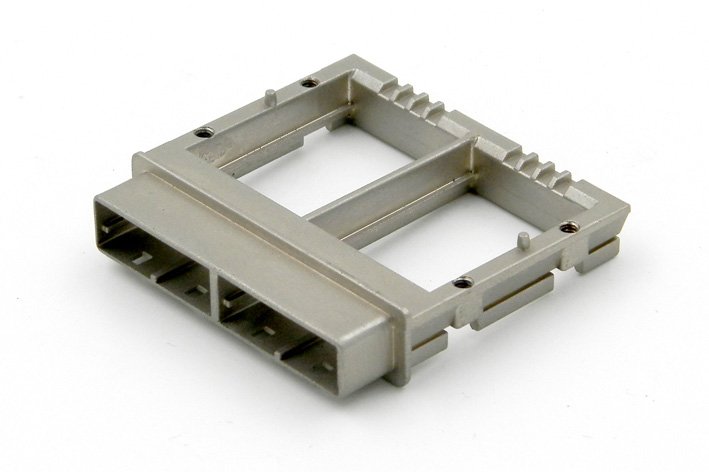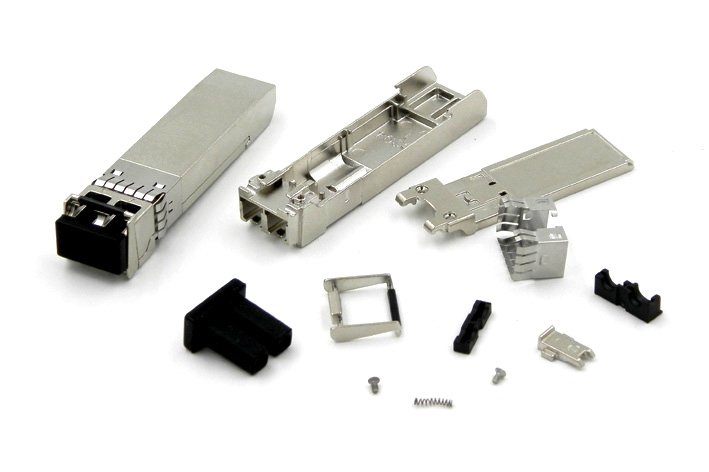Introduction
Precision die casting is a widely used manufacturing process in the production of various components, including optical transceiver housings. This method offers several advantages, such as high dimensional accuracy, excellent surface finish, and cost-effectiveness.
Optical Transceiver Housings
The housings play a critical role in the performance and reliability of optical communication systems. These housings protect delicate internal components, such as lasers, photodiodes, and integrated circuits, from external factors like dust, moisture, and physical damage.
Precision Die Casting Process
The precision die casting process involves injecting molten metal into a steel mold, known as a die, under high pressure. This ensures the production of complex and intricate shapes with tight tolerances. Aluminum and zinc alloys are commonly used for optical transceiver housings due to their lightweight, corrosion resistance, and thermal conductivity.
Advantages of Precision Die Casting
1. Dimensional Accuracy: Precision die casting produces parts with high dimensional accuracy, ensuring a perfect fit for optical transceiver components.
2. Excellent Surface Finish: The die casting process results in smooth and aesthetically appealing surfaces, reducing the need for additional finishing operations.
3. Cost-Effectiveness: Die casting is a cost-effective manufacturing method, as it allows for high production rates and minimal material waste.
Conclusion
Precision die casting offers numerous benefits for the production of optical transceiver housings. Its ability to create complex shapes with tight tolerances, along with its cost-effectiveness, makes it an ideal choice for manufacturers in the optical communication industry.

